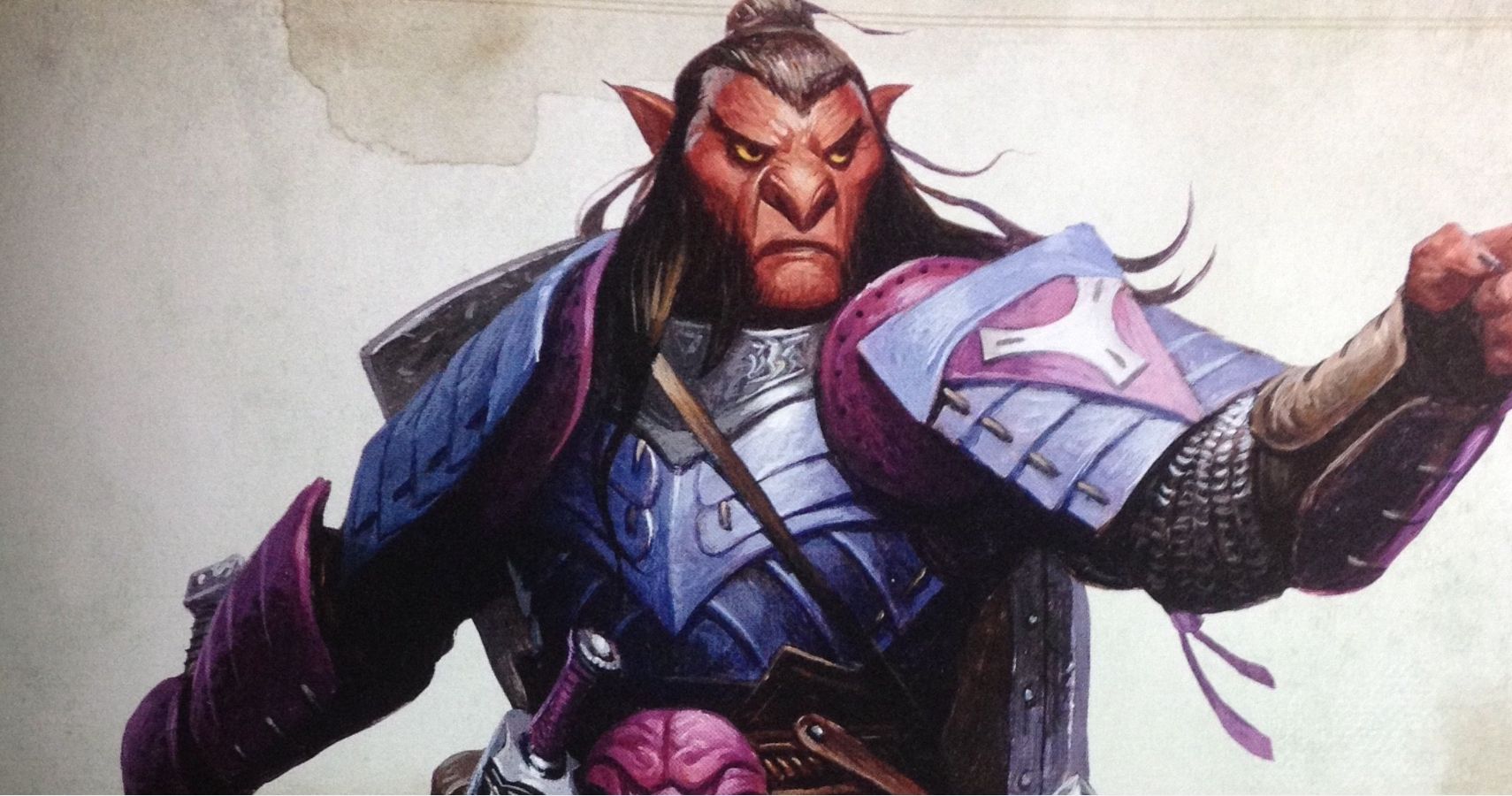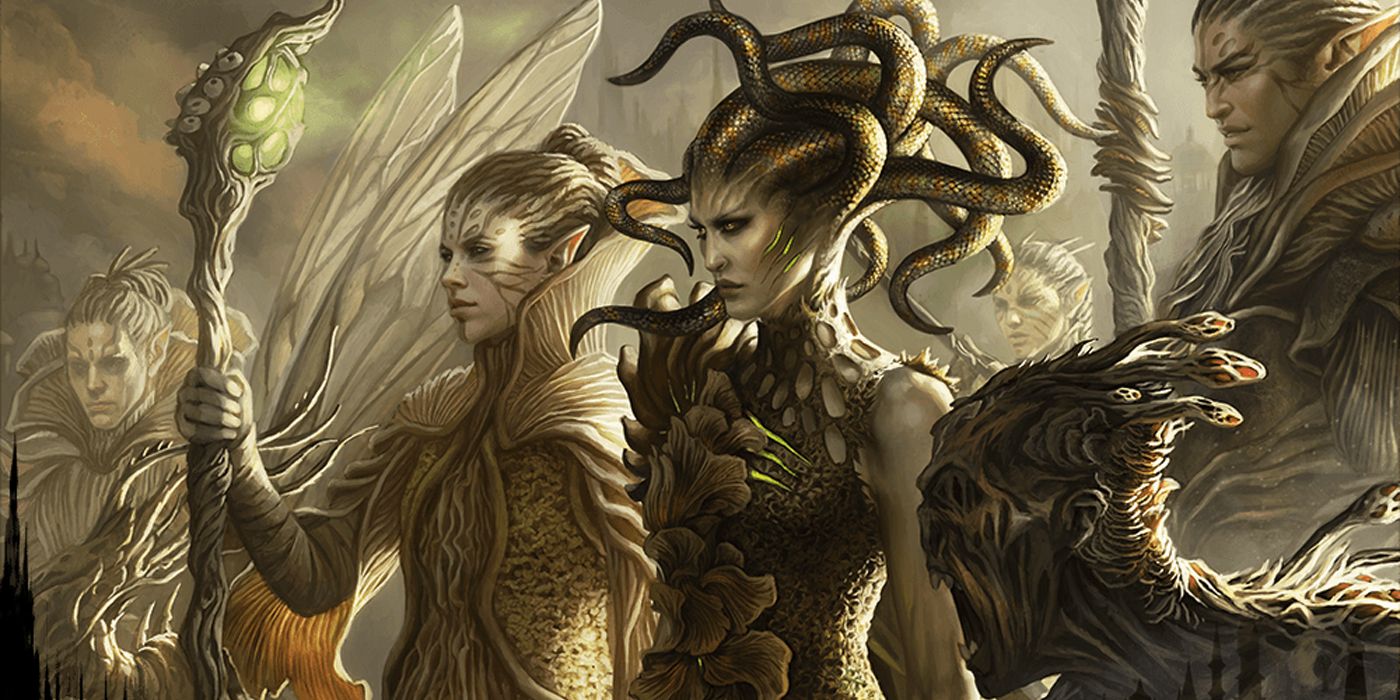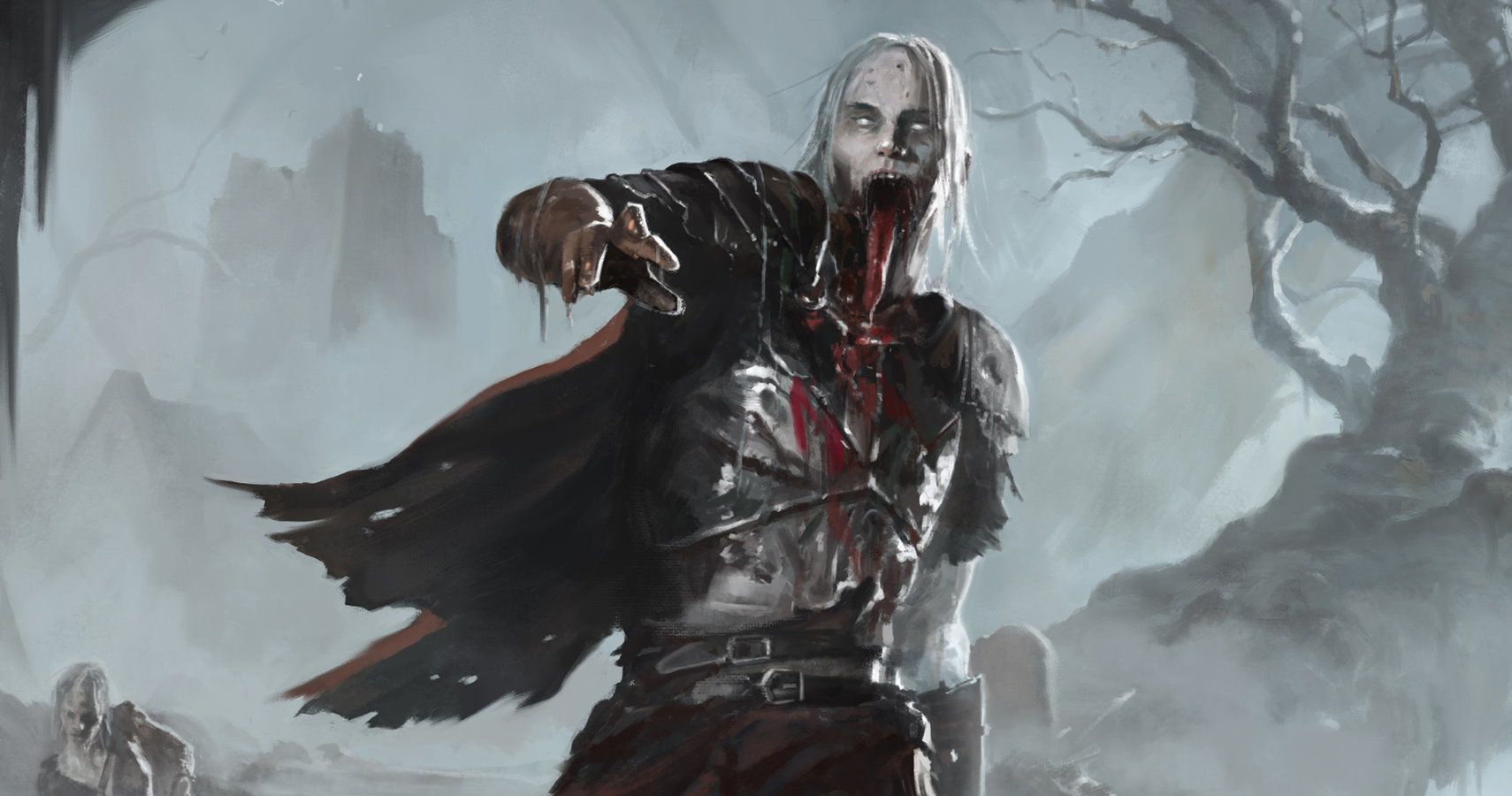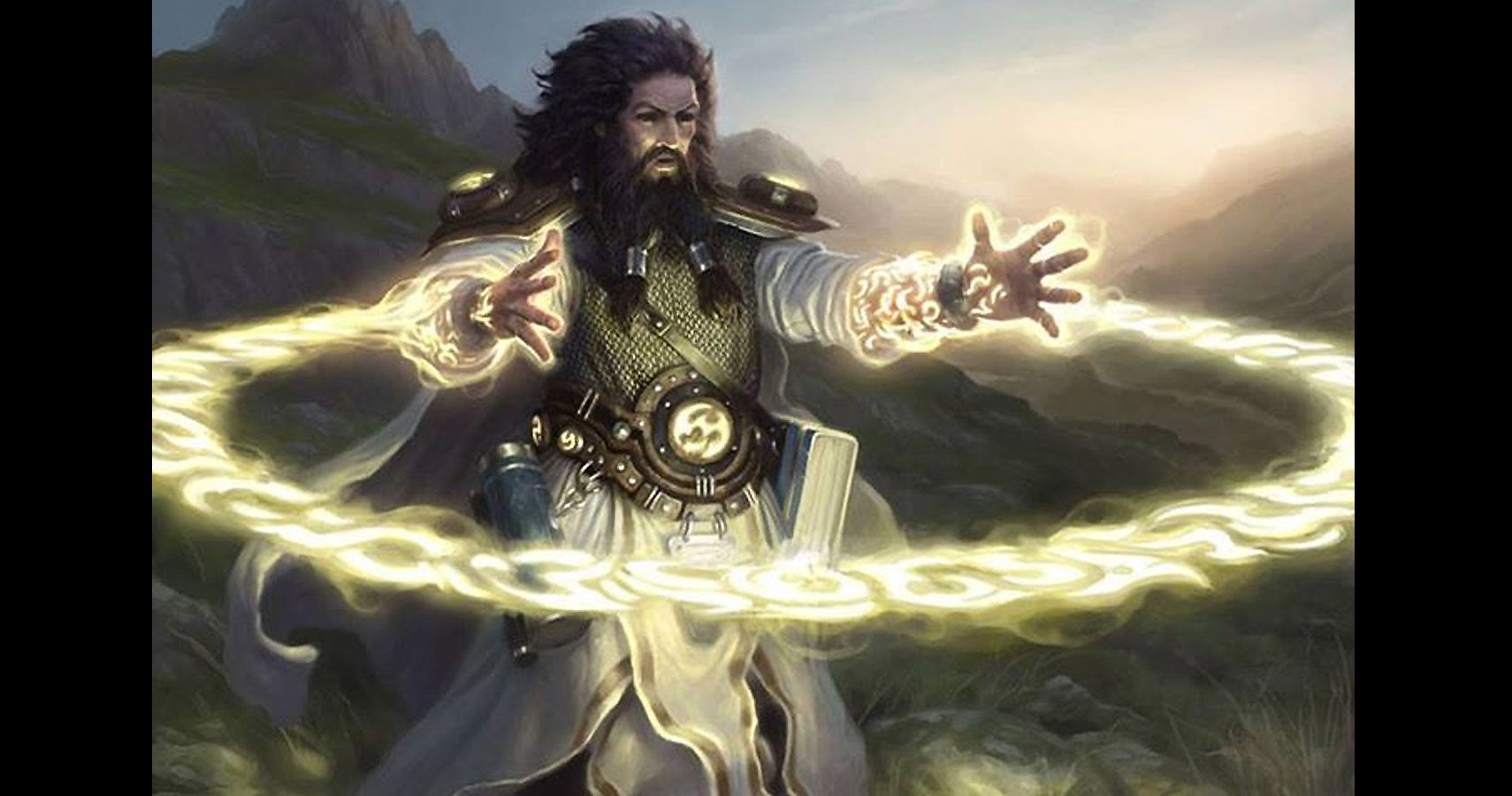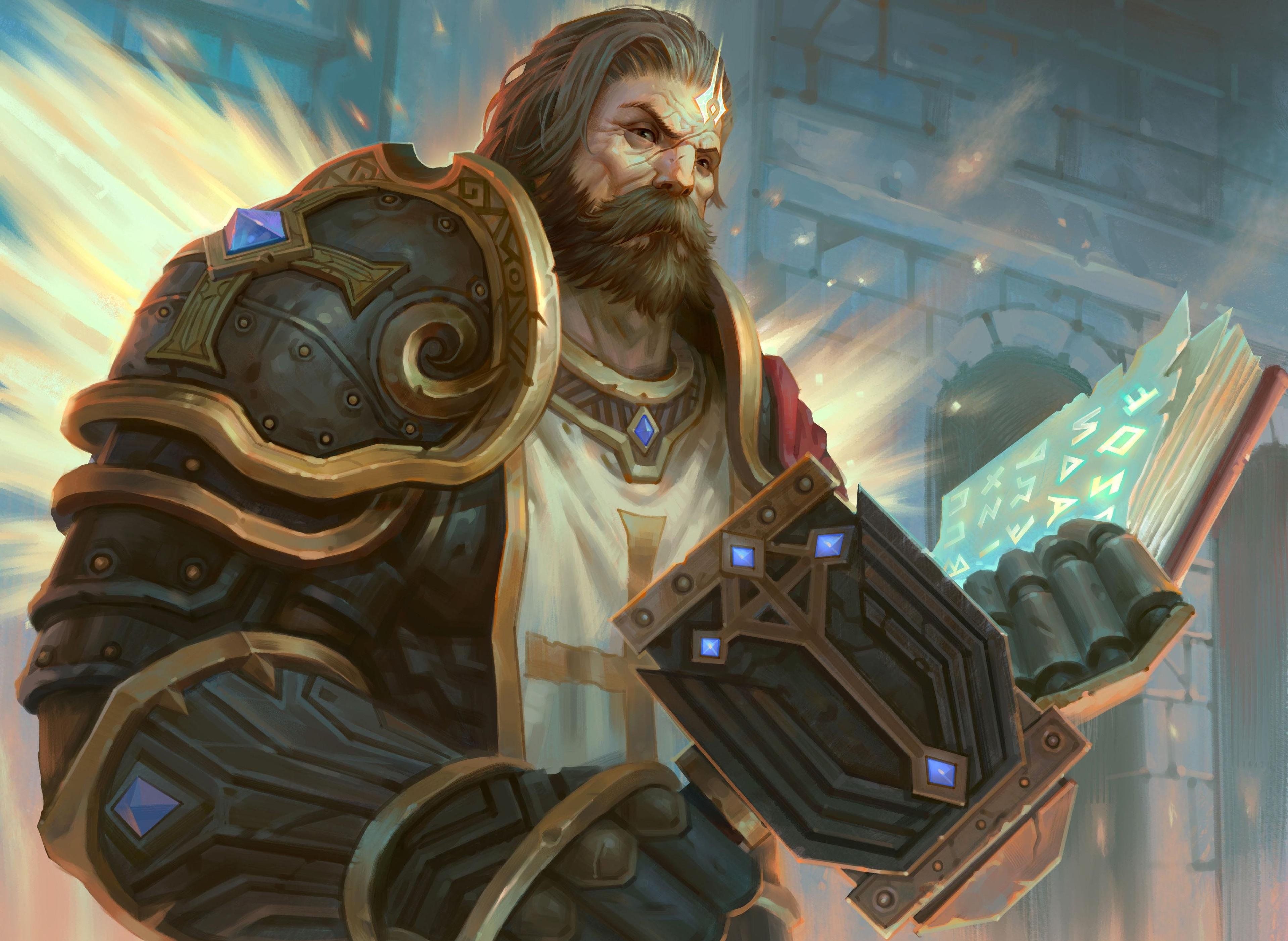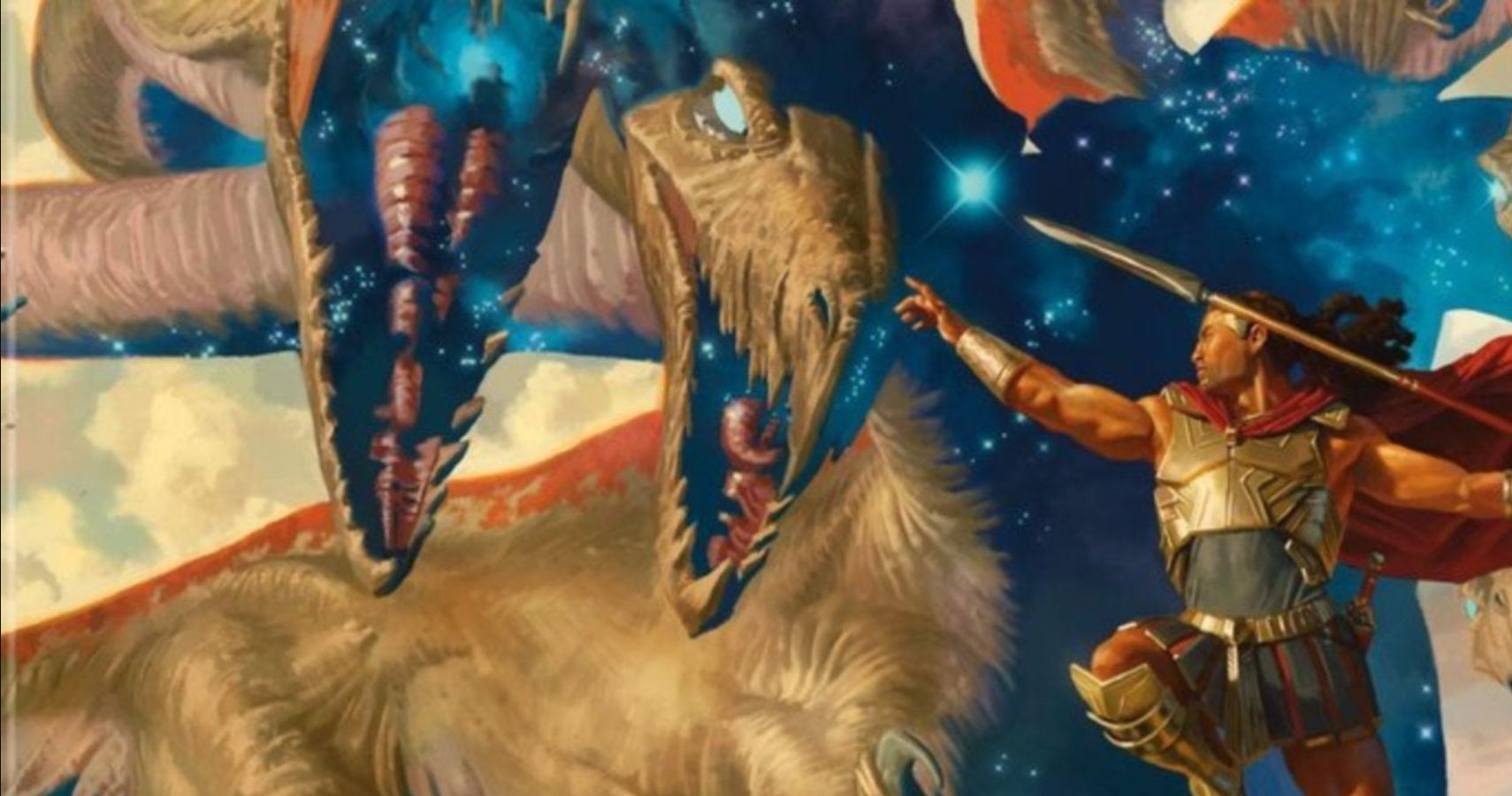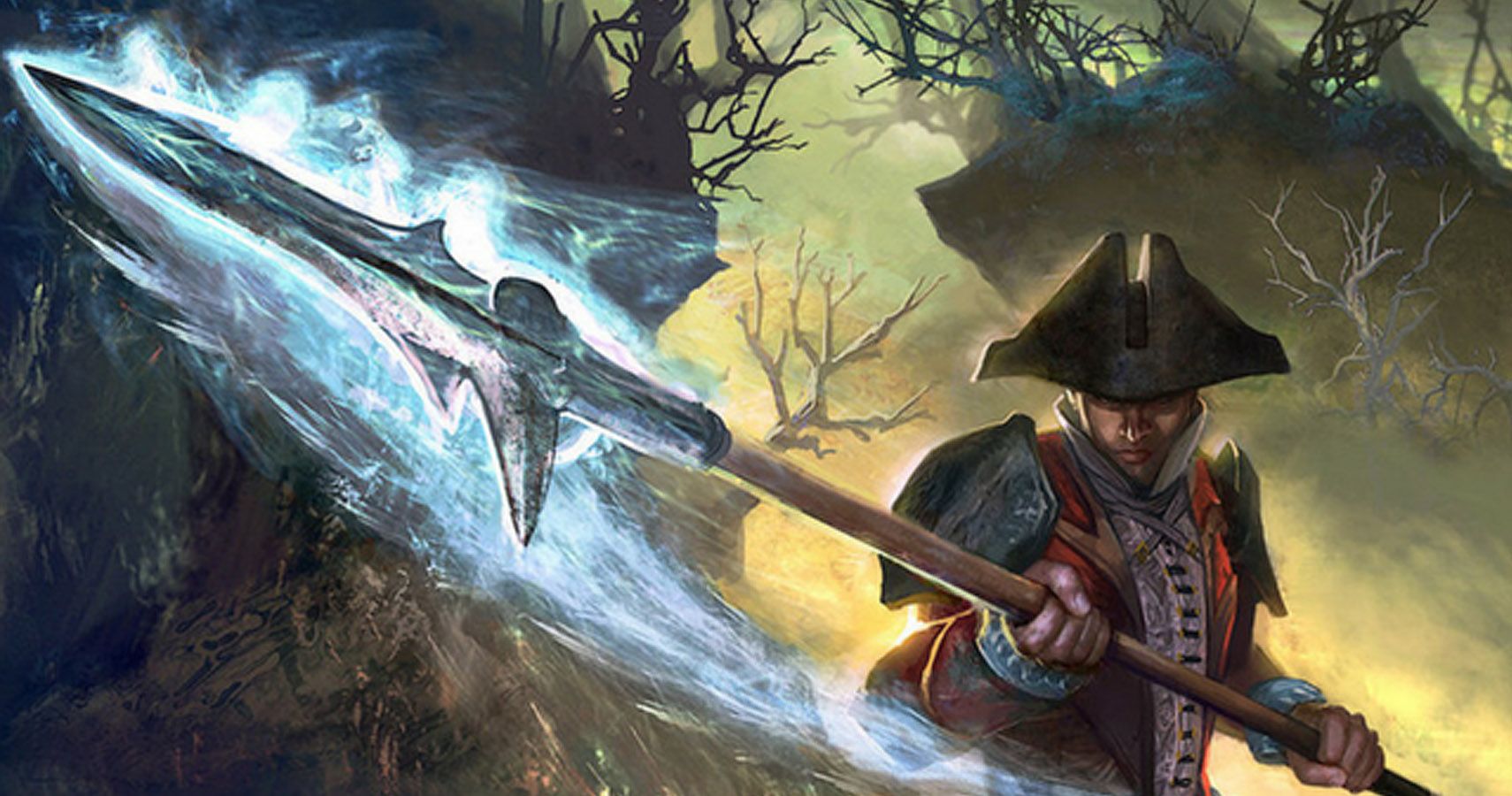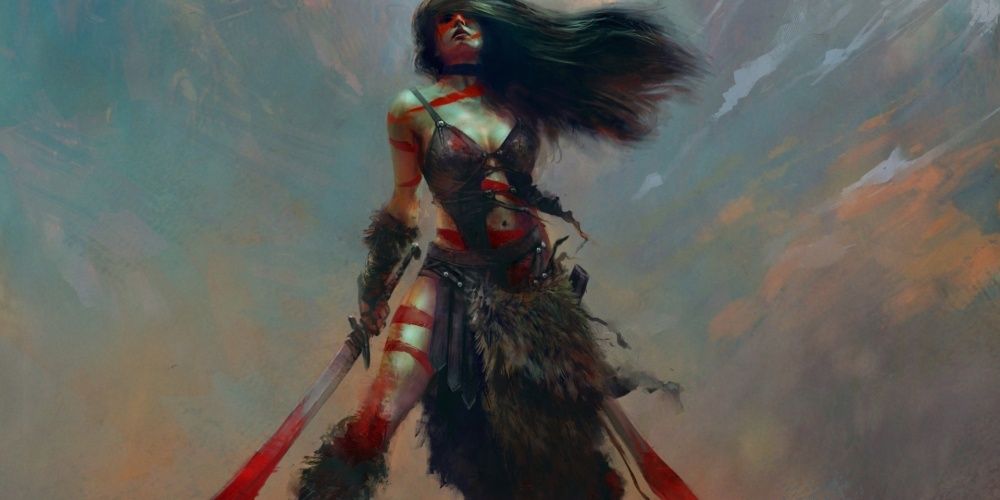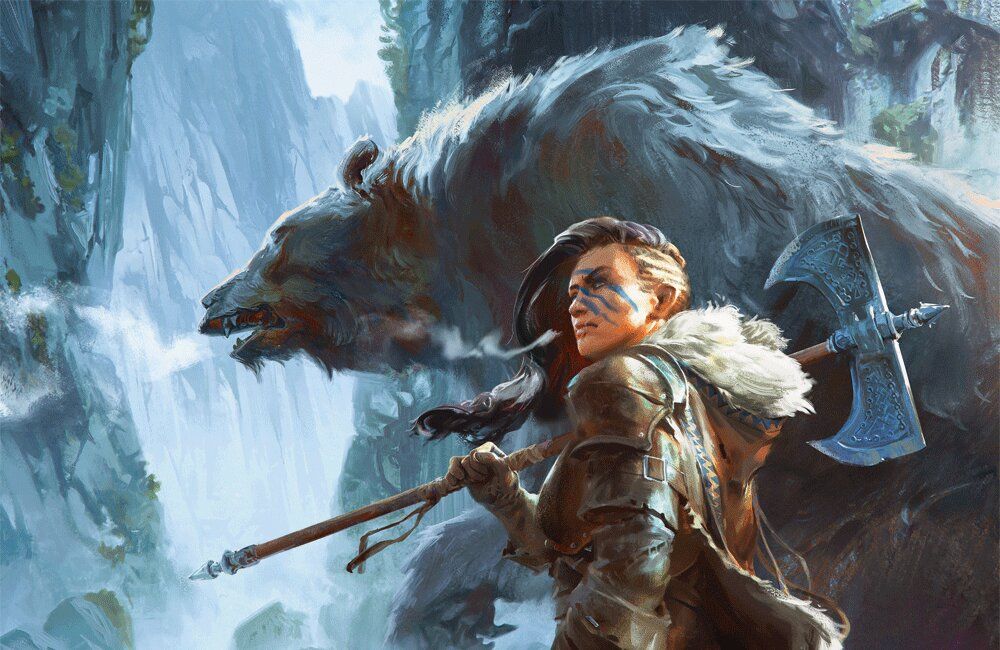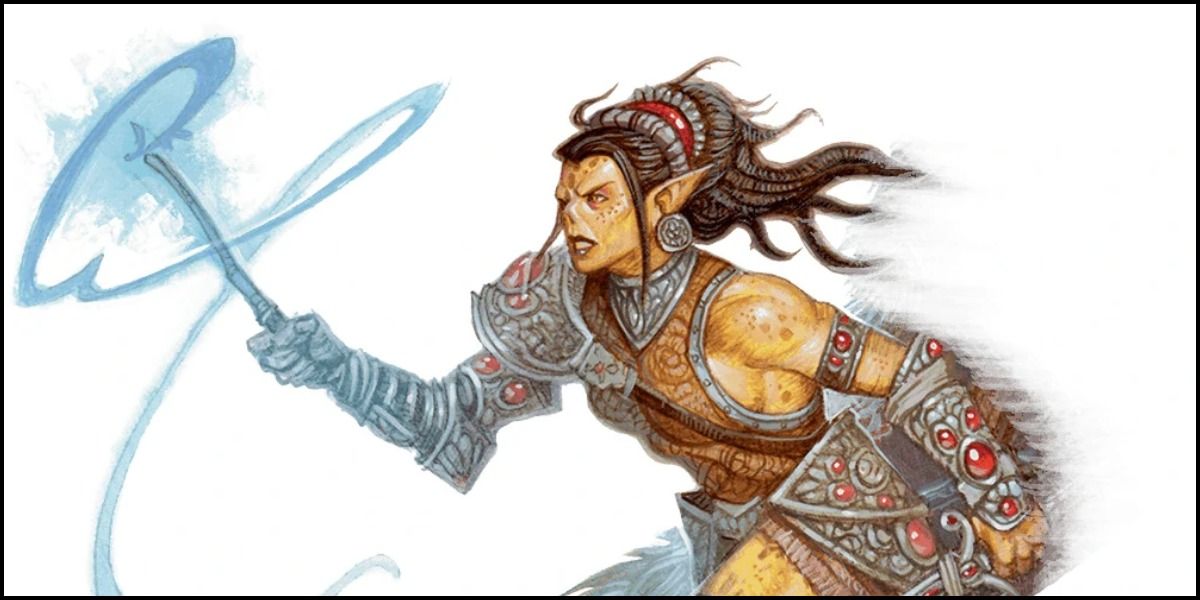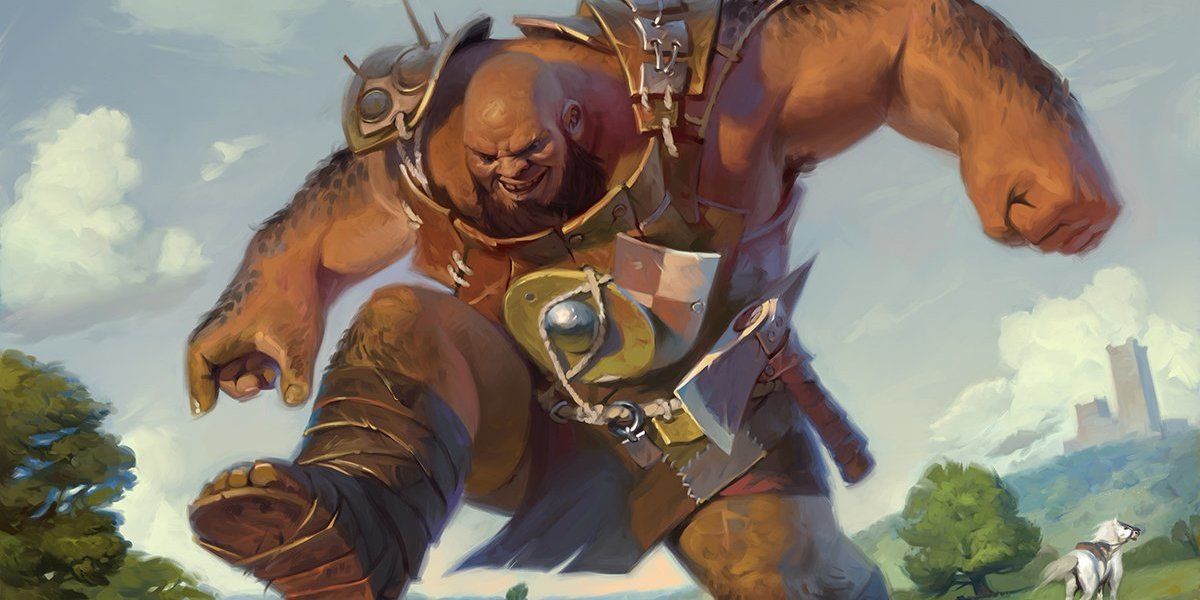Unearthed Arcana is Dungeons & Dragons playtest content put forth by Wizards of the Coast. It has a number of subclasses that can be used in games at home (with the DM's permission of course). Here we've gathered all the Unearthed Arcana subclasses for 5th edition martial classes, and tell you which are worth your time.
12 12. Swarmkeeper
This ranger archetype allows players to manifest a swarm of fey spirits around them. The abilities are bizarrely unconnected to the theme, the spirits make weapon strikes better, increases walking and climbing speed, and turn into a tiny scout. Only at 15th level do they form an area of effect where they deal damage – you know, what swarms usually do. Half of the abilities seem underpowered, and most of them seem like they were designed independently from the flavor, then forced to fit the theme.
11 11. Revived
This roguish archetype has amazing flavor, letting players be a character who has died and returned to life. The abilities are very interesting, but very underpowered. This archetype might not be amiss in an intrigue campaign, and probably wouldn’t be the worst intrigue rogue subclass, but it is not good in a dungeon crawl. Additionally, there’s no reason that this has to be a rogue, other than the fact that rogues do well with a lot of skills and proficiencies. It would be nice to see this reworked into a background, but as a subclass it comes up short.
10 10. Way of the Astral Self
This monastic tradition lets monks manifest parts of their inner spirit, for punching purposes. Unfortunately, at early levels the abilities this tradition offers are either underpowered or better handled by other subclasses. For instance, reach is nice, but monastic traditions like Way of the Drunken Master can keep monks out of melee range much better. Also, the Astral Arms can’t do flurry of blows, which is a fairly central part of the monk’s kit. The fact that the higher level abilities increase the Astral Self’s damage per turn to that of other monks keeps this subclass from being terrible.
9 9. Oath of the Watchers
This sacred oath is for paladins who want to defend the material plane against the forces of other planes of existence. The Channel Divinity uses are good, if not flashy, especially the one that basically acts as “Turn Extraplanar Creature.” However, bonuses to Initiative only provide so much utility to non-rogues, and punishing spellcasters is a situational ability in a subclass that doesn’t have any reliable combat features. The 20th-level feature is another situational ability that largely affects extra-planar creatures, but at level 20 most adventures become planar adventures anyway.
8 8. Fey Wanderer
This ranger archetype is a fey-themed subclass, following in the footsteps of the Fey Pact warlock in defining “fey-themed” as “having to do with being charmed or frightened.” The non-charmed-or-frightened abilities mostly just apply a whole stack of psychic damage without any real flavor. For what it’s worth, the damage isn’t bad, just boring. The most interesting ability is Misty Presence; the ability to remove oneself from the senses of another creature is more interesting than regular invisibility, and it’s helpful in and out of combat.
7 7. Oath of Heroism
This paladin oath is at least interesting enough to warrant a full release in the recently-announced Mythic Odysseys of Theros sourcebook. It is based around paladins who are classic heroes, which is sort of the background noise of the paladin class anyway. The abilities work well with the paladin duties of tanking and burst damage, and while not all the abilities are good, each level of the subclass has at least one ability that is worthwhile. Ironically, some of the less effective abilities are the ones that fit more into the dashing hero archetype.
6 6. Psychic Warrior
This martial archetype lets fighters experience the flavor of psionics without actually having to introduce psionic mechanics. It generally succeeds, mainly because the Psychic Warrior in no way resembles the popular psion; it has its own flavor. The fact that Psionic Armament forces players to choose an effect each day fits very well into the fighter class. Not all of the abilities are perfect (knocking enemies prone and giving allies cover don’t seem particularly psychic-themed) but the ability to telekinetically push or pull enemies is effective for both melee and ranged fighters and just plain cool.
5 5. Path of the Wild Soul
This barbarian primal path is thematically a martial version of the Wild Magic sorcerous origin, so players’ opinion of it will depend on how much they like the randomness of Wild Magic. The randomization of the Wild Surge table makes it hard to classify it as strictly good, but most of the abilities effects range from neutral to beneficial. The ability to help allies regain spell slots (theoretically indefinitely) is great, but barbarians have to be careful not to knock themselves out while they hand out magic. Overall, this class is fun, and players who expect it to just be fun won’t be disappointed.
4 4. Path of the Beast
This primal path lets barbarians take on animalistic features when they rage. They get claws, bite, or tail attacks that give them extra attacks, healing, or reach respectively. They can also give their opponents rabies, either dealing psychic damage or forcing them to waste their reaction attacking one of their opponents. If there’s a rogue, paladin, or any other heavy hitter in the party, this subclass becomes amazing, since giving mass reckless attacks can greatly empower allies’ burst damage.
3 3. Soulknife
This roguish archetype looks very different from the soulknife class of Edition 3.5, but perhaps that’s for the better. Some of the abilities just deal a pile of psychic damage, but often they combine this with interesting status conditions. Abilities like summoning psychic daggers and communicating telepathically tie in the subclass’s mechanics to its theme and work great for a rogue in an intrigue campaign. This subclass works as a rogue and works as a psionic-themed archetype, so it rates high.
2 2. Rune Knight
This martial archetype lets fighters imbue their weapons and armor with magical runes. Players that want the ability to make magic weapons and armor should play an artificer instead. Players should play Rune Knights with for the support melee fighter options it offers. If nothing else, the fact that one of the rune options allows players to impose advantage or disadvantage once per round for a minute makes this class great. In addition, the Giant Might feature allows creatures (even small ones) to grow to large size and seemingly stacks with the Enlarge/Reduce spell, setting up some interesting combos.
1 1. Way of Mercy
This monastic tradition allows monks to extend the mercy of healing to their allies, but it could just as accurately be called the Way of Mercy Killing. It has the best action economy of any healing ability, and the level of healing it pumps out isn’t bad for an off-healer. The Hands of Harm feature lets monks hurt as well as heal, creating combos with Stunning Strike or ally abilities to pump out loads of damage. Being able to put a creature in stasis for days is great for saving allies or eliminating enemies.

